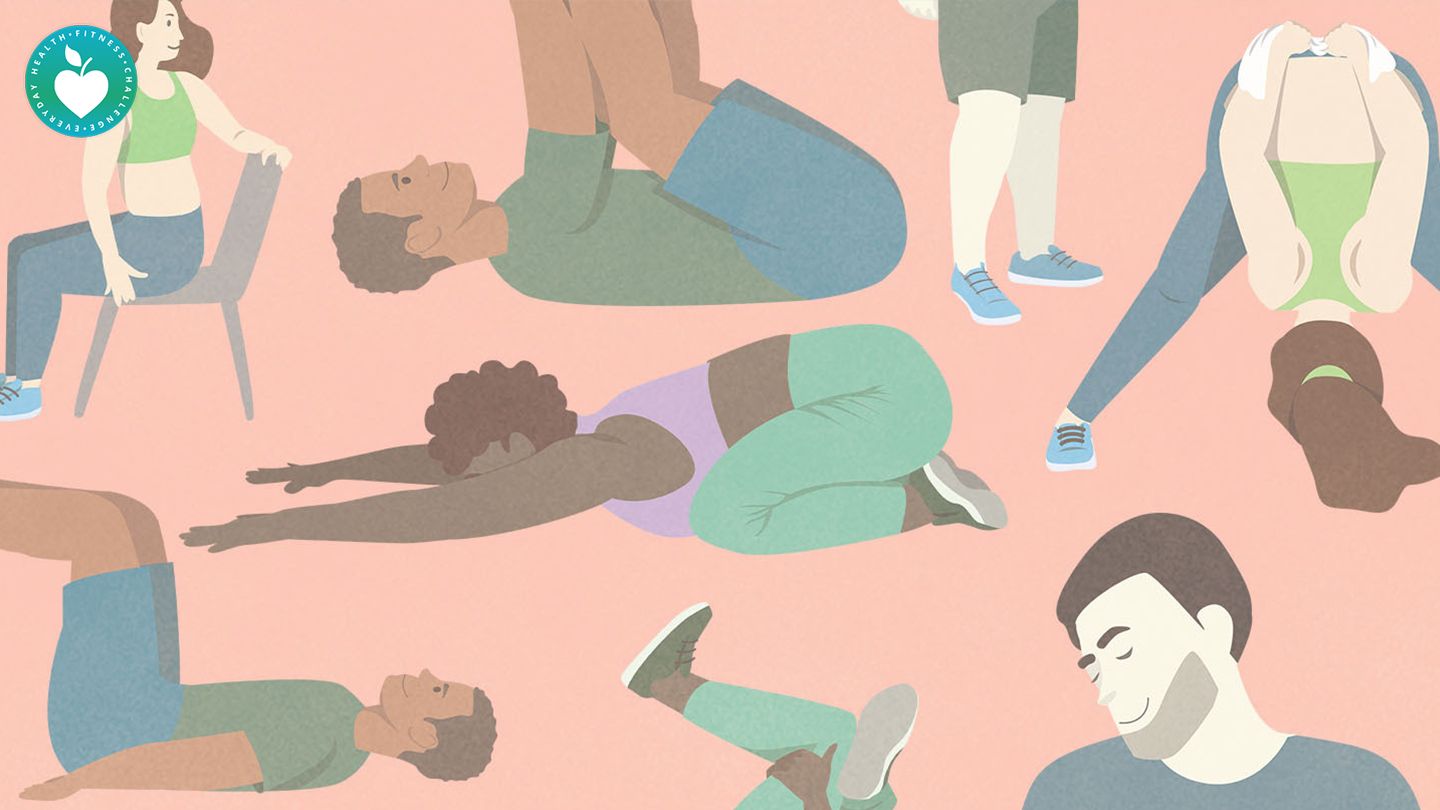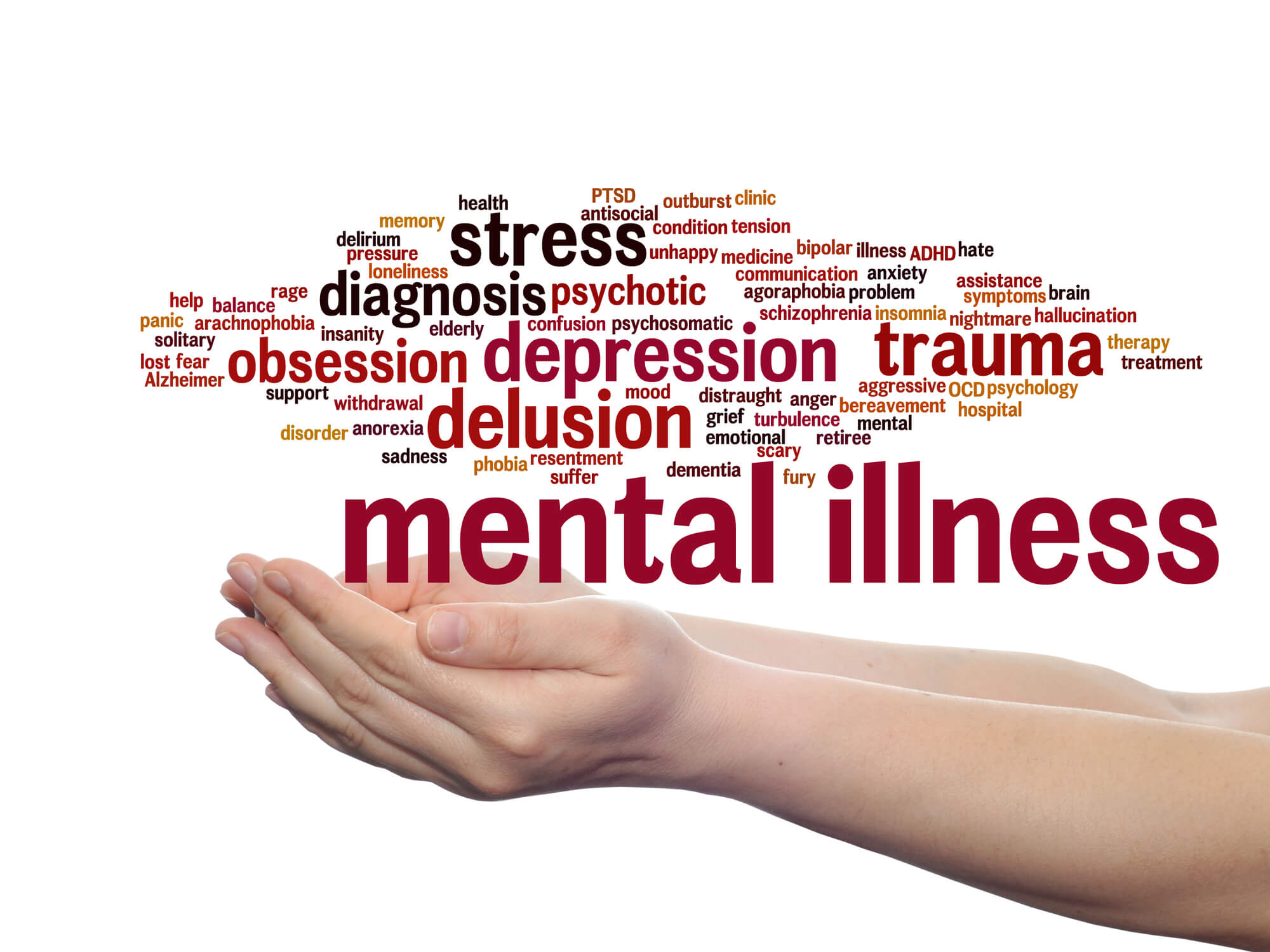In the fast-paced world we live in, stress often feels inevitable. Deadlines, responsibilities, and daily demands can take a toll on your mental and physical well-being. While a long vacation or a full spa day sounds ideal, most of us don’t have the luxury of time. That’s where quick and effective stress relief techniques come in.
Even with a packed schedule, you can reclaim a sense of calm and focus with these 5-minute stress relief techniques. Designed for busy people, these practices require minimal effort but deliver maximum impact.

1. Deep Breathing Exercises
Deep breathing is one of the quickest and most effective ways to calm your mind and body. It reduces stress by signaling your nervous system to relax, lowering your heart rate and blood pressure.
How to Practice Deep Breathing:
- Find a quiet spot to sit or stand comfortably.
- Inhale deeply through your nose for a count of 4, letting your belly expand.
- Hold your breath for a count of 4.
- Exhale slowly through your mouth for a count of 6.
- Repeat this cycle for 5 minutes.
Why It Works: Deep breathing increases oxygen flow to the brain, helping you think more clearly and feel more centered.
Pro Tip: Use apps like Calm or Headspace for guided breathing exercises if you need extra support.
2. Progressive Muscle Relaxation
Stress often manifests as tension in your muscles. Progressive muscle relaxation (PMR) helps release this tension by focusing on one muscle group at a time.
How to Practice PMR:
- Sit or lie down in a comfortable position.
- Start with your feet: tense the muscles for 5 seconds, then release.
- Move up to your calves, thighs, abdomen, chest, arms, and face, tensing and releasing each muscle group.
- Notice the feeling of relaxation as your muscles release tension.
Why It Works: PMR not only reduces physical tension but also increases awareness of where you carry stress in your body.
Pro Tip: Pair this technique with deep breathing for a double dose of relaxation.
3. 5-Minute Mindfulness Meditation
Mindfulness meditation is a simple yet powerful practice that helps you focus on the present moment, reducing stress and anxiety.
How to Practice Mindfulness Meditation:
- Sit in a quiet place with your feet flat on the ground and your hands resting on your lap.
- Close your eyes and take a few deep breaths to settle in.
- Focus your attention on your breath, noticing the sensation of air entering and leaving your nose.
- If your mind starts to wander, gently bring your focus back to your breath.
- Continue this practice for 5 minutes.
Why It Works: Mindfulness meditation helps break the cycle of racing thoughts, allowing you to reset and refocus.
Pro Tip: If you’re short on time, try “micro-mindfulness” by focusing on your breath for just one minute during a busy day.
4. Stretch It Out
Physical tension and stress often go hand in hand. A quick stretching routine can help release muscle tension, improve circulation, and boost your energy levels.
5-Minute Stretching Routine:
- Neck Stretch: Gently tilt your head to one side, bringing your ear toward your shoulder. Hold for 10 seconds, then switch sides.
- Shoulder Rolls: Roll your shoulders forward and backward 5 times each.
- Spinal Twist: Sit in a chair, place your right hand on the back of the chair, and twist your torso to the right. Hold for 10 seconds, then repeat on the left side.
- Forward Fold: Stand with your feet hip-width apart, bend at the hips, and let your arms hang toward the floor. Hold for 10 seconds.
Why It Works: Stretching increases blood flow to your muscles, reducing tension and promoting relaxation.
Pro Tip: Pair stretching with deep breathing to enhance the calming effect.
5. Quick Visualization Exercise
Visualization, or guided imagery, involves mentally picturing a peaceful scene to create a sense of calm. It’s a quick and effective way to escape the chaos of a busy day.
How to Practice Visualization:
- Close your eyes and take a few deep breaths to relax.
- Imagine yourself in a serene place, like a beach, forest, or mountain retreat.
- Use all your senses: feel the warmth of the sun, hear the sound of waves, and smell the fresh air.
- Spend 5 minutes immersing yourself in this peaceful scene.
Why It Works: Visualization shifts your focus away from stress and toward a calming, positive experience.
Pro Tip: Keep a photo of your favorite serene place on your desk or phone for inspiration.
6. Gratitude Practice
Taking a moment to reflect on the things you’re grateful for can shift your mindset from stress to positivity. Gratitude reduces cortisol levels, improving both mental and physical health.
How to Practice Gratitude:
- Write down three things you’re grateful for in a journal or on your phone.
- Be specific—for example, “I’m grateful for my supportive coworker who helped me with a project” instead of “I’m grateful for work.”
- Reflect on why these things are meaningful to you.
Why It Works: Gratitude helps reframe your perspective, focusing on the good rather than the stressful aspects of your day.
Pro Tip: Start or end your day with gratitude to build a positive habit.
7. Engage Your Senses
Engaging your senses can quickly ground you in the present moment and alleviate stress.
Sensory Grounding Exercise:
- Sight: Look at something calming, like a photo, plant, or artwork.
- Sound: Listen to soothing music or natural sounds, like birds chirping or ocean waves.
- Touch: Hold a stress ball, run your fingers over a soft fabric, or massage your hands.
- Smell: Use a calming scent, such as lavender or eucalyptus, from a candle or essential oil.
- Taste: Savor a piece of dark chocolate or a cup of herbal tea mindfully.
Why It Works: Engaging your senses redirects your focus away from stressors and into the present moment.
Pro Tip: Keep a small “sensory kit” at your desk with items like essential oils, stress balls, or a playlist of calming music.
8. Laugh It Out
Laughter is a natural stress reliever that triggers the release of endorphins, your body’s feel-good chemicals. Even a quick dose of humor can lighten your mood and reduce tension.
How to Add Laughter to Your Day:
- Watch a short funny video or a comedy skit.
- Read a joke or meme that makes you smile.
- Recall a funny memory or share a laugh with a coworker or friend.
Why It Works: Laughter reduces cortisol levels, improves mood, and creates a sense of connection with others.
Pro Tip: Bookmark a few funny videos or save a playlist of your favorite comedy clips for quick access during stressful moments.
Conclusion: Stress Relief in Just 5 Minutes
Even the busiest days offer opportunities for quick stress relief. By incorporating these 5-minute techniques into your routine—whether it’s deep breathing, stretching, or a moment of gratitude—you can create small but powerful shifts in your mood and mindset. These simple practices not only reduce stress in the moment but also build resilience, helping you stay calm and focused no matter what life throws your way.
Remember, managing stress doesn’t have to be time-consuming. Sometimes, all it takes is five minutes to reset, recharge, and regain control of your day.
Discover more from Personal Blog of Richard Tong
Subscribe to get the latest posts sent to your email.


